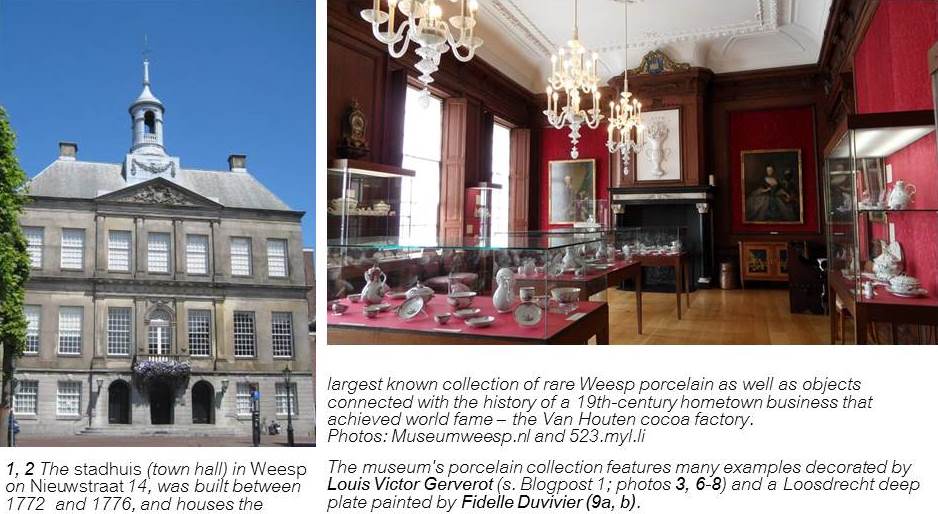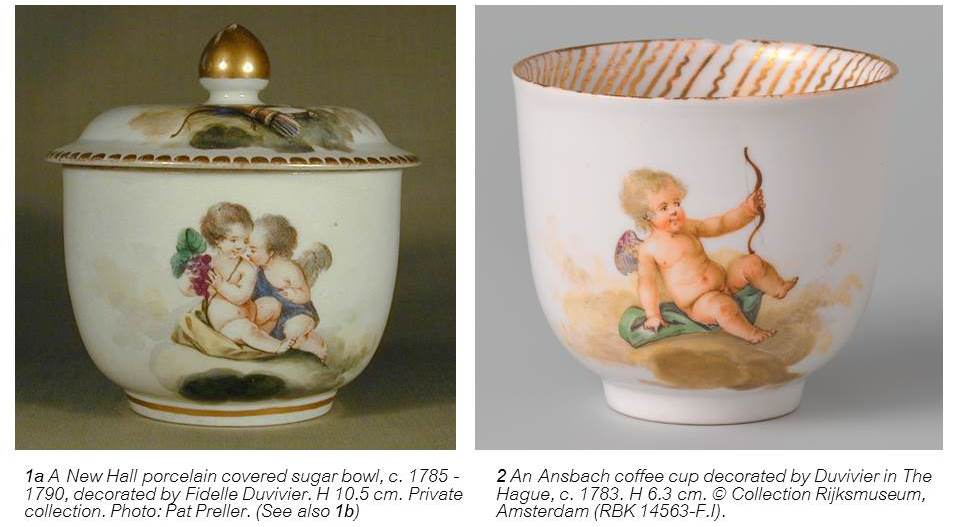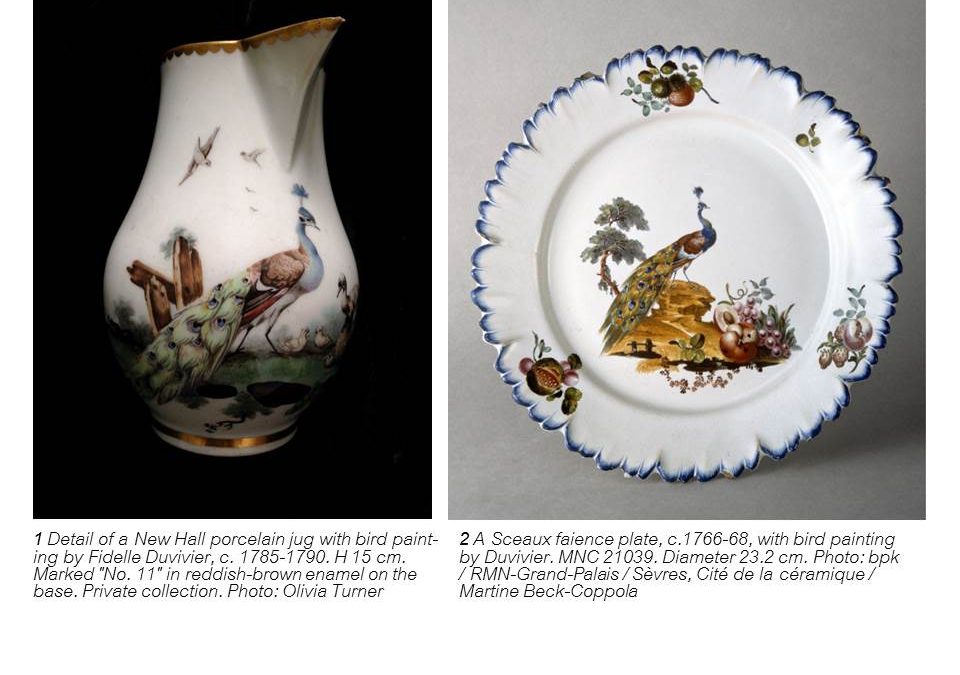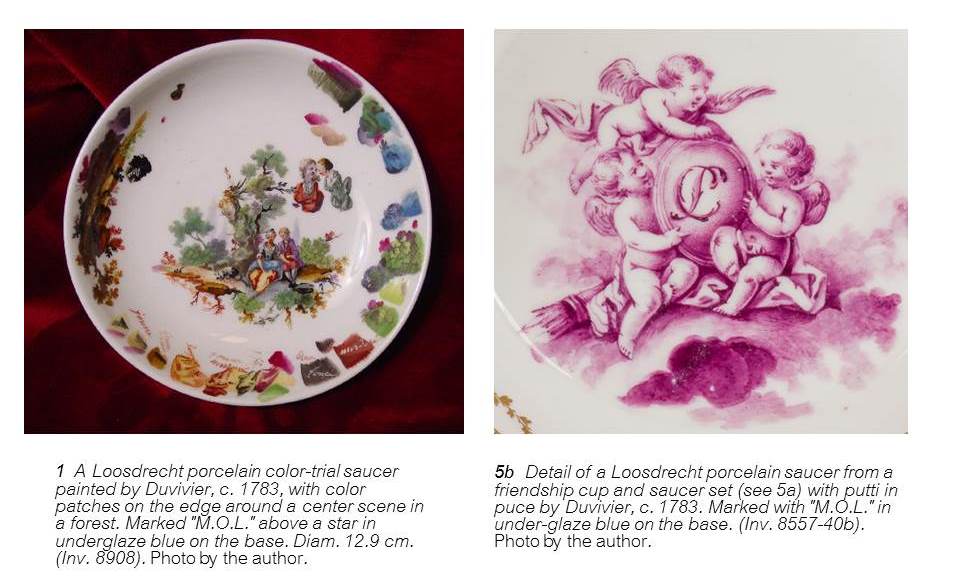GALLERY & BLOG

Welcome to the Gallery & Blog section, where I’ll regularly post pictures, share news and report any discoveries that come to light. I’ll certainly be grateful to hear from you and receive pictures or other news items of interest. Many thanks! – Charlotte Jacob-Hanson

Museum Weesp: Home to Dutch porcelain treasures by Gerverot and Duvivier
The charming Dutch town of Weesp, situated on the river Vecht and just 15 km from central Amsterdam (see map, 10), celebrated its 650th anniversary as a city in 2005. In the centuries after receiving its city rights in 1355, the town developed into an important trading center for ship traffic along the Vechtstreek, that stretch of river extending from Utrecht north towards Amsterdam. If you’re curious about the history of Dutch porcelain in the eighteenth century, this is where the story began, and a visit to Weesp and the municipal museum (now just called Museum Weesp) will give you some rare insights into the story and the production of the first Dutch porcelain manufactory.

The Gentle Art of Forcing Bulbs
In addition to the example shown in my book (Fig. 1), the Sceaux manufactory made bulb pots in a great variety of shapes in faience, and some of those sold at French auctions in recent years were also decorated by Fidelle Duvivier (Figs. 2, 12), as it turns out.(i) What kinds of bulbs bloomed on these delicate devices and what were they filled with? The answers to these questions take us into the history of the cultivated hyacinth in Europe.

More Cherubs on Clouds, painted in The Hague
Fidelle Duvivier decorated porcelain with putti (also variously called cupids or cherubs) at every manufactory where he worked – at Derby, Sceaux, Loosdrecht, and New Hall (1a,b). Most were painted in puce camaïeu, and some of his finest examples are found on Loosdrecht porcelain (as shown in my book). But while in the Netherlands he also painted a few of these ethereal beings on Ansbach porcelain – for the Lyncker family of The Hague.(i)

Duvivier’s Peacocks and a Peahen
It is extremely fortunate that an extensive New Hall porcelain service painted with birds by Fidelle Duvivier, and auctioned by Christie’s in London in 1988, has survived intact to the present day in a private English collection. The milk jug of this service (i) is a particularly striking piece with its splendid peacock. It helped me to identify several other depictions of peafowl on Sceaux faience (ii) and Mennecy porcelain (iii) as his work, which were also included in my Duvivier book.

